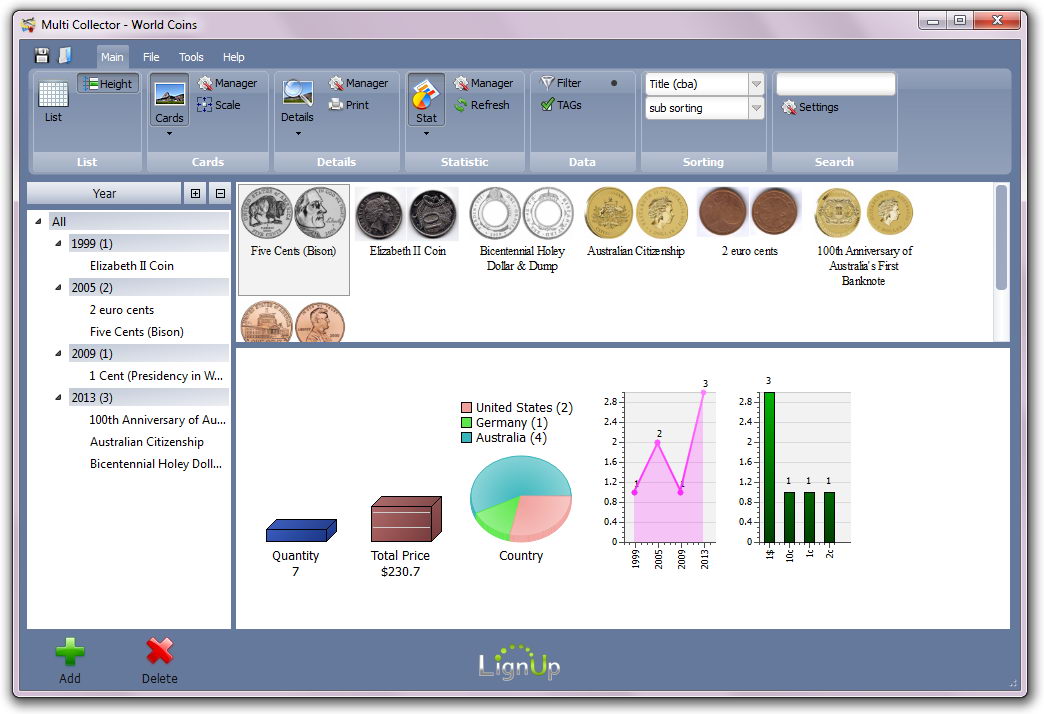Easy Colour Grading Software

Color is a fundamental element of design and visual storytelling. Traditionally, artists use it to set the mood for their work, the tone of their voice, and to carry a theme in their craft. In the world of video, color grading is an art form all its own. In the not so distant past, the post-production process of color grading was reserved for expensive edit suites, requiring specific and finite. Today, color grading is accessible to any editor and the to accomplish it are found in most. Color grading can make a drastic to footage, turning day into night or making a drab shot into a vivid landscape. It can make the backlot look like a location from a world away.
It doesn’t need to be bold and loud, and can be a small tweak to footage. Even a subtle color grade can have a profound impact on an audience. Why use color grading? Color grading allows the video editor to. Daz3d Bounce Outfit.
A video clip conveys more than the content it contains. A varied and intentional in video can inform the audience in a multitude of ways. The is enhanced by the use of color grading. The Walking Dead on AMC is a great example of this.
The good news is that it’s really easy to do with the. Choosing the right video color grading software could be a very. Free Software for Video Color. Want to correct the color to make the. 1.1 Choose right color grading software. Equipped with the strong color fixing function, this easy-to-use video editor.

The series is about a group of people trying to survive a zombie apocalypse. It's a dreary and bleak world. Visually it's emphasized through the use of dark muted tones and the absence of bright colors.
Different locations have different nuances, a varied color palette can bring that out. Color can help orient the audience to the location on screen. Films such as Steven Soderburgh's Traffic rely on the use of color as device to denote location as well as differentiate storylines. There are times when producers finds themselves with a catalog of problematic footage and color correction is incapable of fixing it. When bad footage needs to be used, color grading can rescue it. A color grade masks over the technical issues of the footage, using a crafted appearance that helps sell the story. Video journalism shows often do this with nighttime surveillance footage.
Instead of using underexposed grainy footage as is, the editor uses color grading to simulate a look that resembles “night vision” videography. Additive Color Video utilizes an additive color system. The primary colors of this system are blue, green and red. In an additive color system, different colors are created through varying combinations of the primary colors. Each pixel’s color is determined by three channels, a set of data, representing each primary color. All colors are a combination of the three primary colors, not necessarily in equal proportions. A complete absence of color creates black, while white is the full possible amounts of the three primary colors.
Color grading is performed by of thresholds and tolerances within these channels. Hue Hue is the pure spectral color that expresses or defines a general range of colors. Simply put, this the general term for a color; such red, purple, blue, orange, etc. It defines a general position of color on the color wheel. Saturation Saturation is the amount of a hue used in defining a specific color. When a color is void of any saturation it is black, white, or a variance of grey.